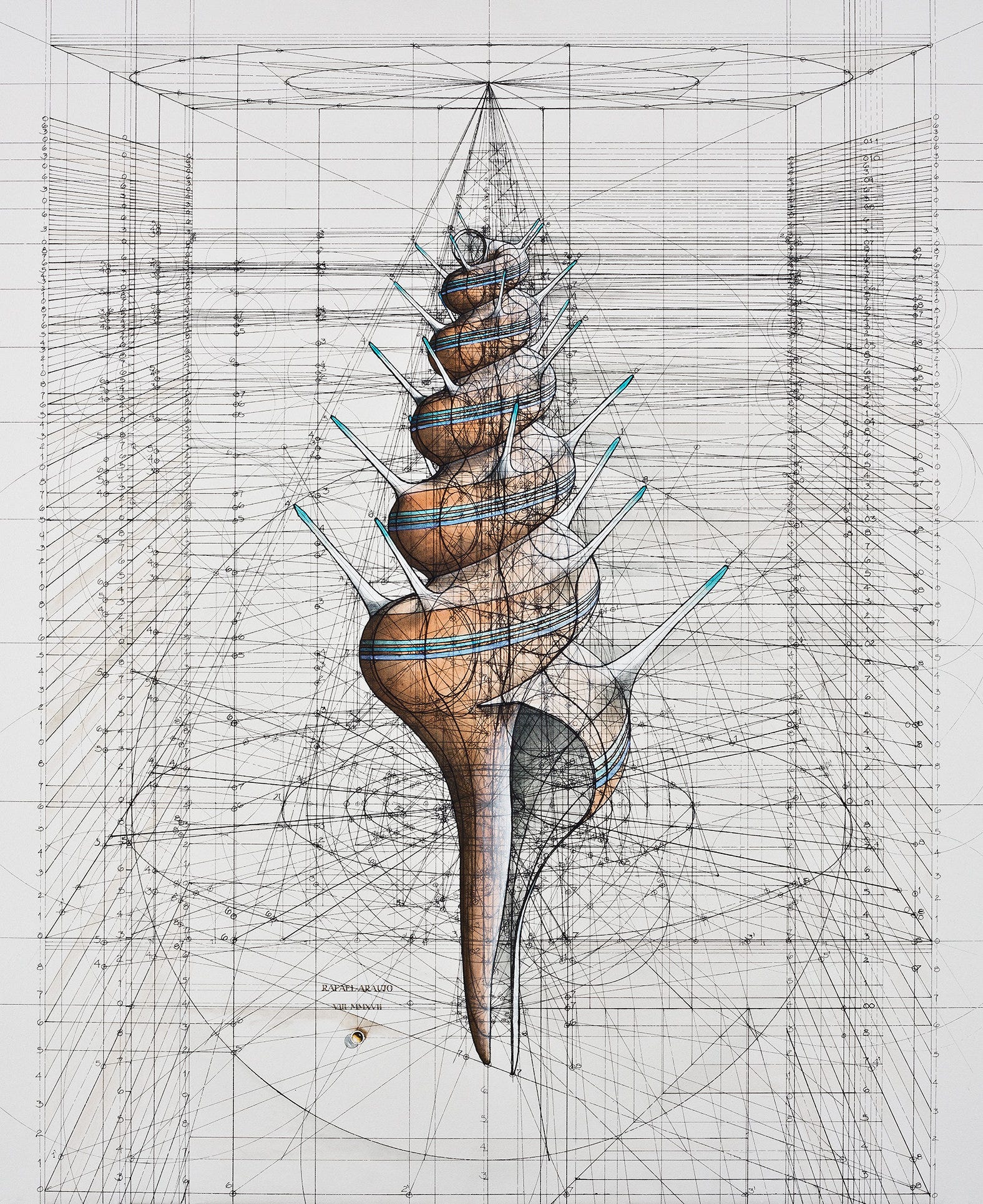A Fantastic synergy arises when art meets mathematics, weaving perplexing patterns and structures into breathtaking visual storytelling. This junction, referred to as mathematical art, is more than just symmetry or geometry; its digs into the core order of the universe at large. Mathematical principles are used by artists to illustrate concepts such as fractals and the Golden Ratio, resulting in works that connect with nature’s harmony. Geometry becomes a canvas, fractals expose the beauty of infinity, and chaos theory adds unpredictable nature, all under the serene direction of mathematics. This pairing breaks across cultural boundaries, providing a global language of beauty and order. As science advances, so does the capacity of this art form, offering a future filled with new and captivating works. The following piece delves into the enthralling dynamic, emphasizing how mathematics influences art, transforming abstract theories into concrete masterpieces.
Geometry: The Canvas of the Cosmos
Geometry adds a significance to this artistic initiative. It’s not just a branch of mathematics; it’s the language of the universe manifesting itself in the stars, spirals of galaxies, and natural Fibonacci sequences. Artists who are drawn to these patterns utilize them to produce works that are both visually beautiful and profoundly meaningful.
George Hart’s geometric sculptures constitute excellent illustrations. His paintings, such as “Frabjous,” employ geometric forms and patterns that mirror the fundamental geometry of the globe.

Fractals: The Art of Infinity
The universe of fractals in an additional intriguing feature. These immensely intricate patterns, seen in every aspect from coastlines to snowflakes, are proof of mathematics’ interminable magnificence. Artists who compose works using fractals enter a realm of limitless creation, where each repetition exposes new forms and subtleties.
Fractal images by Benoit Mandelbrot, such as the well-known ” Mandelbrot Set,” demonstrate the astonishing intricacy and beauty of fractals. These visuals, which are formed by mathematical equations, demonstrate an infinite number of patterns and self-similarity.
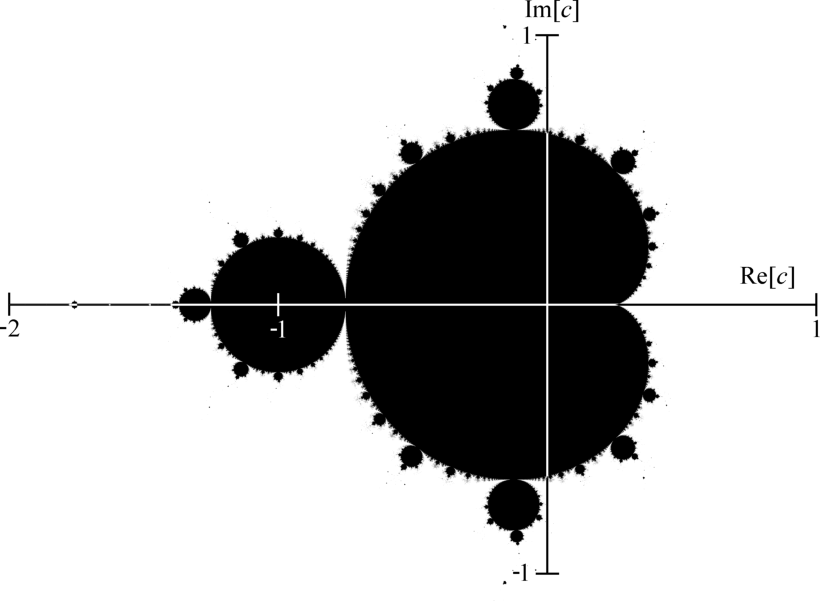
The Golden Ratio: A Bridge Between Worlds
For millennia, artists have drawn inspiration from the Golden Ratio, a mathematical principle firmly rooted in nature. This proportion, seen in shell spirals and flower petals, serves as a link that connects the seen and the unseen, enabling artists to produce works that are naturally attractive to the human eye.
“The Sacrament of the Last Supper” by Salvador Dali includes the Golden Ratio its design. The canvas size and major element placement adhere to this mathematical theory, resulting in a visually beautiful composition.
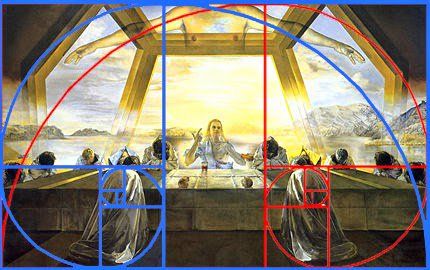
Chaos Theory and the Beauty of Unpredictability
Beyond order, chaos theory provides a captivating unpredictability into art. Artists are inspired to go along with the unexpected by the apparently random patterns formed by chaotic systems, producing dynamic and flowing artworks that reflect the spirit of a world in perpetual motion.
“Chaos,” a Jackson Pollock artwork, is a visual illustration of chaos theory. Pollock’s drip painting method produces intricate patterns that are reflective of the unpredictability and dynamic character of chaotic systems.
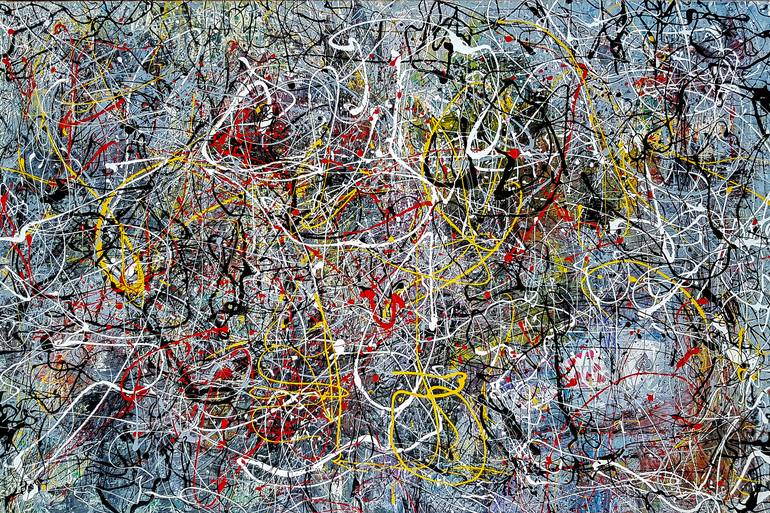
Mathematics: The Silent Composer
Mathematics is more than a tool in this domain; it’s a silent composer directing the artist’s hand. It provides a foundation for creativity to develop, enabling artists to venture the conventional and the known.
Tessellations in Islamic art, such as those seen in the Alhambra Palace, show how mathematics composes elaborate and repeated geometric forms silently, providing a fascinating visual affect.

A Universal Language:
The melding of art and mathematics is more than a passing fancy; it’s a global language that appeals to our surroundings. It crosses cultural and spoken word boundaries, providing a shared sense of surprise and discovery.
M.C. Escher’s graphic designs, notably his “Metamorphosis” series, have a worldwide appeal through the use of concepts from math such as tessellations and transformations, transcending cultural barriers.
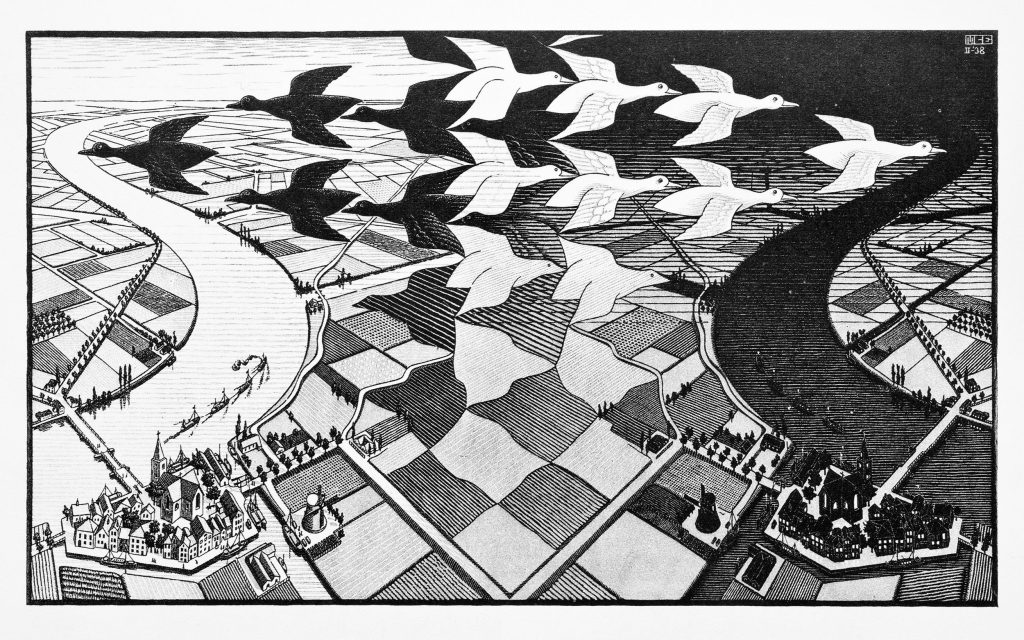
The Future of Mathematical Art:
The perspective for mathematical art grows as technology advances. Artists may now dive further into the mathematical Universe thanks to technological devices and algorithms. This art form’s future is limitless, promising even more sophisticated and stunning compositions that blur the barriers between mathematics and art.
Refik Anadol’s digital artworks combine data, algorithms, and graphics to generate fluid, dynamic visual experiences. His installation “Melting Memories” blends data and art to depict the process of memory recall, illustrating mathematical art’s future possibilities.

Ultimately, the combination of art and mathematics exemplifies human inventiveness and curiosity. It goes beyond conventional bounds, combining logic and creativity to expose the intrinsic beauty in our universe. This combination results in a visual language that has universal resonance, transcending cultures and time. As technology advances, so will the possibilities for this one-of-a-kind art form, providing new ways to depict and comprehend mathematics’ complicated beauty. In addition, this interaction of numbers and sightliness is more than simply an artistic endeavor; it is a celebration of our world’s rich fabric. It invites us to examine more closely, to think more deeply, and to embrace the symphony of patterns that underlie our existence.

